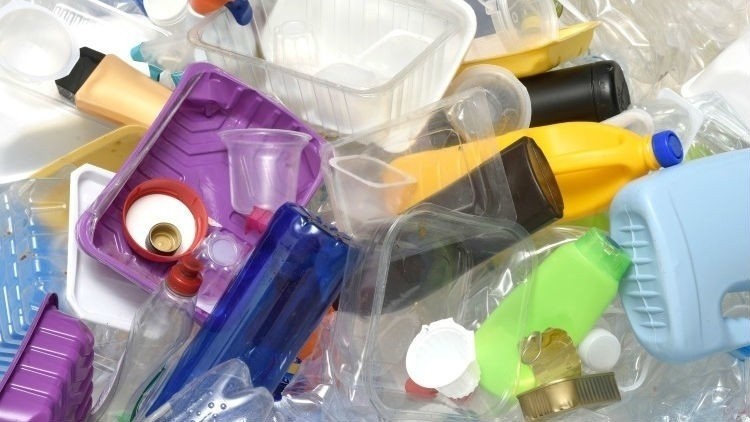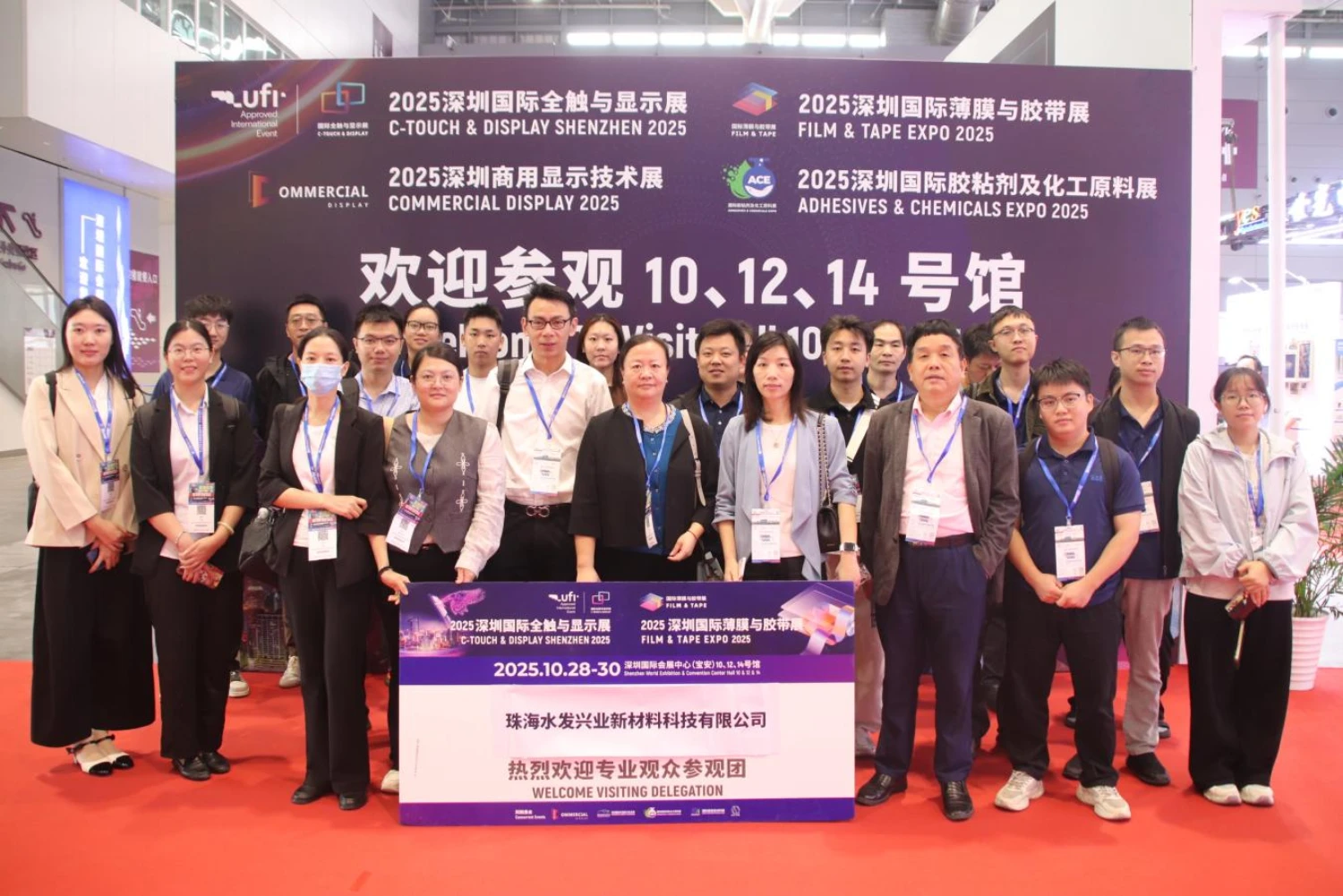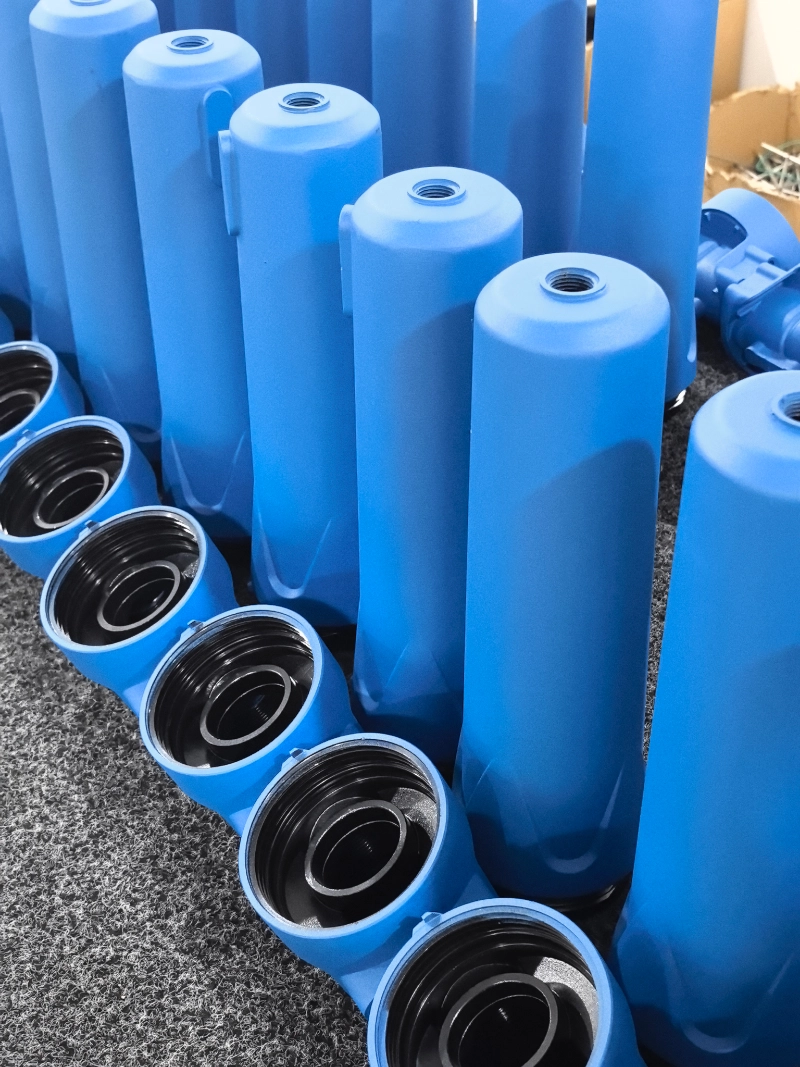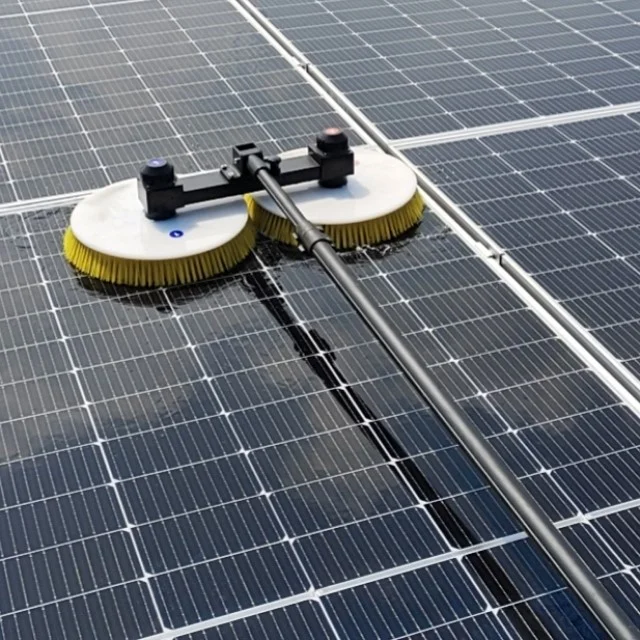
Clear packaging has become increasingly popular in various industries due to its ability to showcase products attractively while providing protection. However, not all clear packaging is created equal. In this comprehensive blog post, we will delve into the world of plastics and uncover the different types used in clear packaging. From their unique properties to their applications and environmental considerations, this article aims to provide you with valuable insights into the world of clear plastic packaging.
- Polyethylene Terephthalate (PET):
PET is one of the most commonly used plastics in clear packaging. Its exceptional clarity, high strength, and resistance to impact make it ideal for a wide range of products, including beverages, food, and personal care items. PET is also recyclable, making it an environmentally friendly choice for clear packaging. - Polyvinyl Chloride (PVC):
PVC is another popular plastic used in clear packaging. Its excellent transparency, flexibility, and durability make it suitable for a variety of applications, such as electronics, medical devices, and cosmetics. However, it is important to note that PVC is not as environmentally friendly as other options, as it contains chlorine and may release toxic chemicals during production and disposal. - Polypropylene (PP):
PP is a versatile plastic widely used in clear packaging due to its excellent clarity, high heat resistance, and low cost. It is commonly found in food containers, household products, and automotive components. PP is also recyclable, making it a sustainable choice for clear packaging solutions. - Polystyrene (PS):
PS is known for its exceptional clarity and impact resistance, making it a popular choice for clear packaging in the food industry, particularly for products like bakery goods and deli items. However, PS is not easily recyclable and can contribute to environmental pollution if not properly disposed of. - Bio-based and Compostable Plastics:
With the growing concern for environmental sustainability, bio-based and compostable plastics have emerged as alternatives for clear packaging. These plastics, derived from renewable resources, offer transparency and functionality while being biodegradable or compostable under specific conditions. However, their adoption is still limited due to cost and technical challenges.
Conclusion:
Clear packaging plays a crucial role in product visibility and protection across various industries. Understanding the different types of plastics used in clear packaging allows businesses to make informed decisions based on factors such as product requirements, sustainability goals, and consumer preferences. By considering the unique properties and environmental impact of each plastic, companies can choose the most suitable option for their specific needs, ensuring both product appeal and responsible packaging practices.





